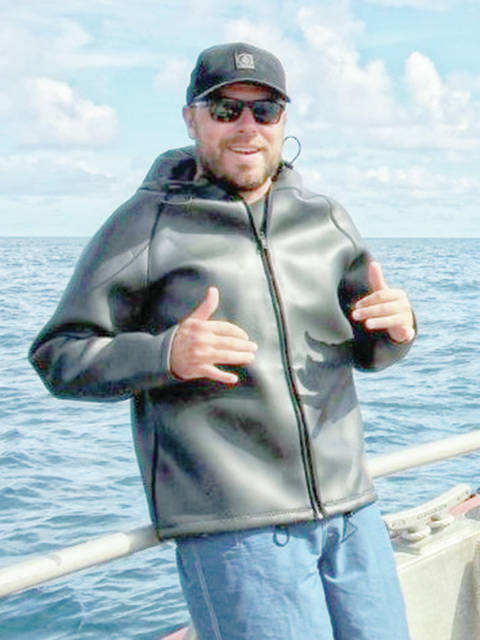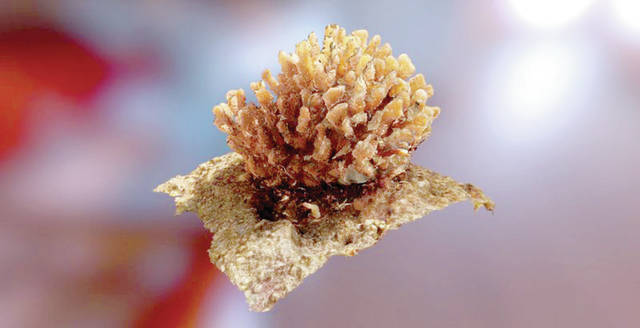HILO — A new tool in undersea study is making breakthroughs for coral reef research, adding another dimension to record-keeping and data collection.
It’s a 3D imaging program developed by John H.R. Burns, a University of Hawaii at Hilo assistant professor of marine science and Brianna Craig, a Hollings Scholar with the National Oceanic and Atmospheric Administration.
The program works by converting 2D images into 3D reconstructions. That helps detail reef habitats and ecosystems in ways that can’t be seen in 2D images.
The technique Burns uses is called structure-from-motion photogrammetry.
“2D measurement allows you to characterize coral reefs, but what it doesn’t tell you is how the ecosystem is shifting in terms of its functionality based on changes occurring to the physical structure of the habitat,” said Burns in a press release about the program.
He points out 2D imagery only provides a “limited analysis and cannot detect changes in the structural complexity of reef habitat.”
“That’s because corals are ecosystem engineers, like trees,” Burns said. “The 3D architecture provided by the living corals creates dynamic habitat that supports incredibly high levels of abundance and diversity of associated reef organisms.”
Three-dimensional imaging allows for the “bigger picture” of reef health.
The project is outlined in a study published in the Journal of Marine Science and Engineering in an article entitled: “Integrating Three-Dimensional Benthic Habitat Characterization Techniques into Ecological Monitoring of Coral Reefs.”
In their synopsis, Burns and other authors point to the need for understanding seafloor habitats in order to monitor reef fish populations and health.
Currently, scientists are studying how coral reefs interplay with fish species, ocean temperatures and other factors as a way to understand bleaching and ensure preservation of the reefs.
Survey dives have been the staple of coral reef and marine science, and information gathered during these surveys helps contribute to understanding and research on things like bleaching events.
Burns’ 3D reconstructions help cut down on the work and time researchers have to spend underwater. His program uses structure-from-motion photogrammetry as a way to leverage existing labor-intensive surveying methods, and to extract even more information from them, according to UH.
•••
Jessica Else, staff writer, can be reached at 245-0452 or jelse@thegardenisland.com.





